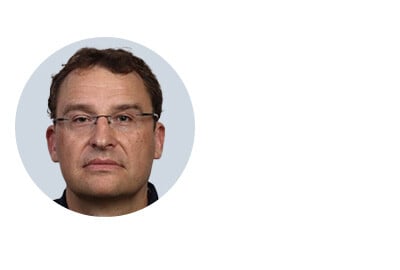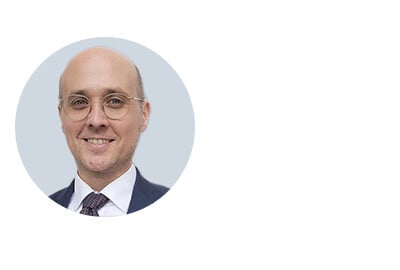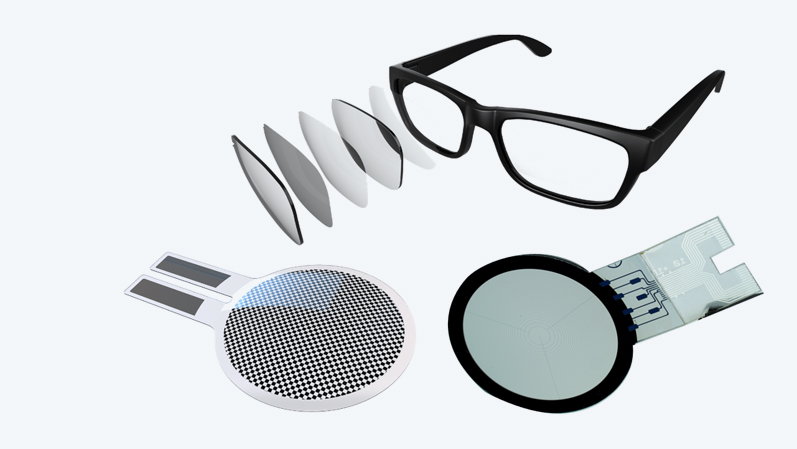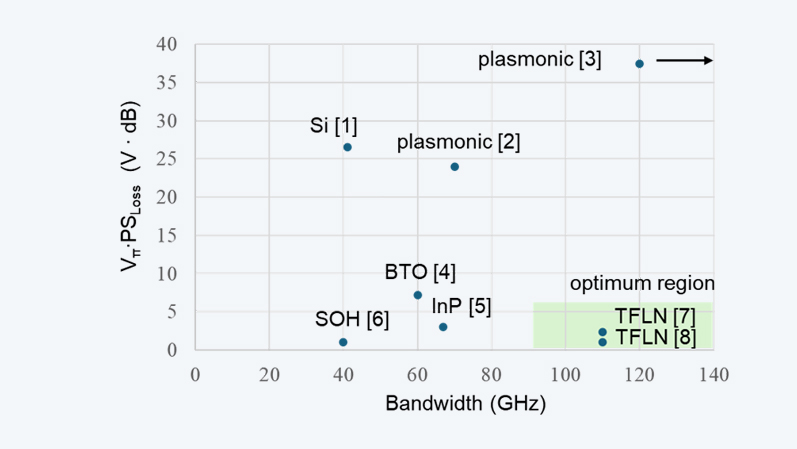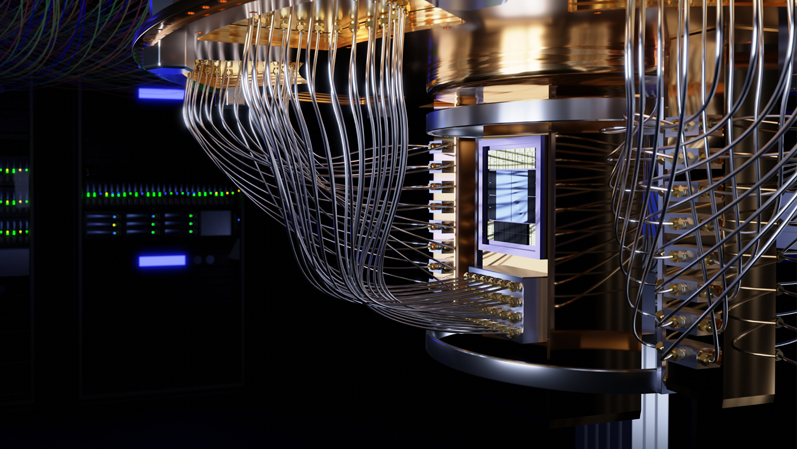Optical simulations for optimal lighting solutions
Alexander Kunz
04.02.2025
Lighting the Metropolis: Stylish, ecological, economical
At night, when monuments, streets, parks and bridges are illuminated, metropolises like Paris take on a very special flair. To ensure that the intense artificial light is also environment-friendly, Lenzi, the manufacturer of striking outdoor lighting in Paris and other cities, has redesigned its entire range of about a hundred products in record time.

Timelessly beautiful, optimized for the times: The lanterns by Lenzi on the Alexandre III bridge in Paris | © Adobe Stock
Brightly lit cities offer spectacular, unique backdrops for residents and visitors. However, what is often forgotten is that the elaborate artificial lighting of metropolitan areas is energy-intensive and leads to unnatural light pollution that harms the environment and biodiversity. To counteract this, authorities are taking appropriate measures.
In France, the regulation issued in 2018 to reduce light pollution has given manufacturers of lighting solutions very little time to adapt their products to the new strict requirements. Among other things, they must reduce the proportion of blue light and deal with restrictions on the direction of light radiation.
For Lenzi, not only did the tight time frame pose a challenge during implementation, but also the huge range of lighting solutions. The company is very well-known for its typical style-defining lanterns of the French capital. Lenzi has been its most important supplier since 1953. Because Lenzi has always succeeded in combining the unmistakable traditional design of the lamps with the latest technology such as LED, the products have long been export hits and light up communities in over 50 countries worldwide.
How do you revalidate the complete product catalog?
Similar to its products, Lenzi combines a traditional culture with a great openness to innovation and technology. A digital approach was the key to mastering the giant task of adapting and validating each of the more than one hundred models to the new, mandatory requirements within a tight timeframe.
As already mentioned, the stricter rules related in particular to
- the reduction of the particularly intense blue light components in the emitted spectrum,
- maximizing the luminous flux emitted in a cone of 151° below the horizontal relative to the total luminous flux
- reducing the proportion of light emitted towards the sky to less than 1% of the total light emitted.
These measures lead to a significant reduction in air pollution while at the same time reducing energy consumption for urban lighting.
For a small number of products, a classic modification process based on the revision of CAD models, prototype construction and experimental measurements - possibly in several iterations - in a photometric laboratory would be a common and feasible approach. For Lenzi, this option was out of the question for reasons of cost and time. The sheer number of different products, each of which depends on compliance with the modified standards, would take an estimated three to five years in the best-case scenario.
Optical simulation
Precision & efficiency combined. Find out in our webinars and further information how you can develop your optical designs with maximum precision.
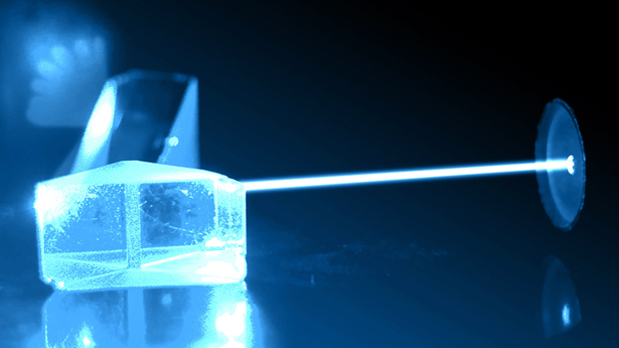
Virtual instead of physical prototypes
Instead, Lenzi opted for a digitalized process with virtual prototypes. The product configurations updated on screen no longer need to be built, transported and tested. Instead, the detailed product models form the basis for digital analysis, testing and optimization. Enriched with additional information, they can be flexibly modified until the virtual prototype confirms that a variant meets the new specifications in all relevant scenarios.
We don't have a precise estimate of our customers' energy savings, but we have made significant savings on the cost of photometric tests in the laboratory for each lantern and each optic.
The tool used for this is the physics-based simulation software Ansys Speos®. Developed for solving a variety of optical tasks, Ansys Speos can be used to objectively compare different configurations, identify design problems and reliably design optical systems. Lenzi has simulated the spectrum, emissivity and power of the LEDs in various realistic scenarios and systematically determined the best variant under the existing boundary conditions. Undesirable radiation - in this case the light directed upwards - was also detected and corrected with Ansys Speos.
This meant that the entire product catalog, i.e. one hundred different lighting products, could be provided with the required properties in a year and a half – a time savings of three years, plus enormous financial benefits and a drastically reduced use of resources.

Left: Ray path of the lantern model in Ansys Speos; right: With Ansys Speos, the Lenzi engineers have successfully converted existing lighting systems digitally to LED. | © Lenzi
The Lenzi team was supported by the simulation experts from CADFEM France during the implementation, familiarization and use of Ansys Speos. The resulting transfer of know-how will benefit Lenzi in similar follow-up projects, and given the various regulations on light pollution in the many countries and continents where Lenzi products set the scene in cities, the wait won't be long.
